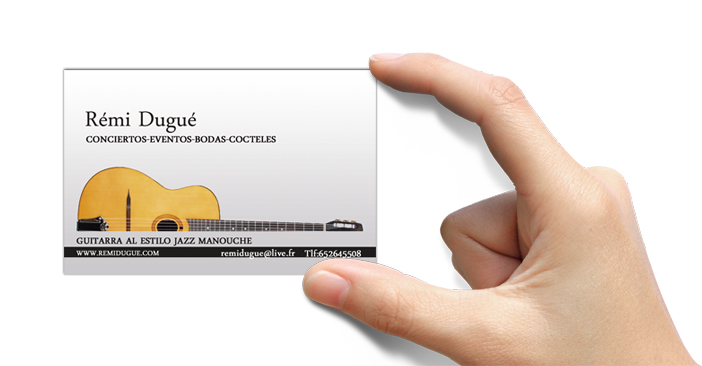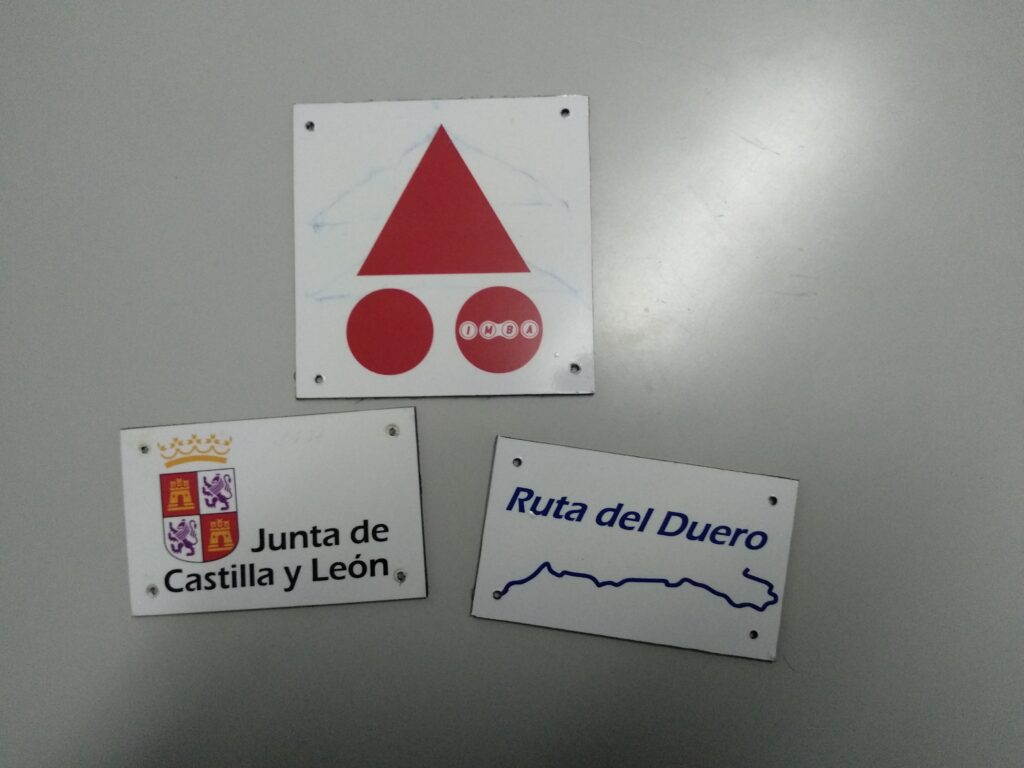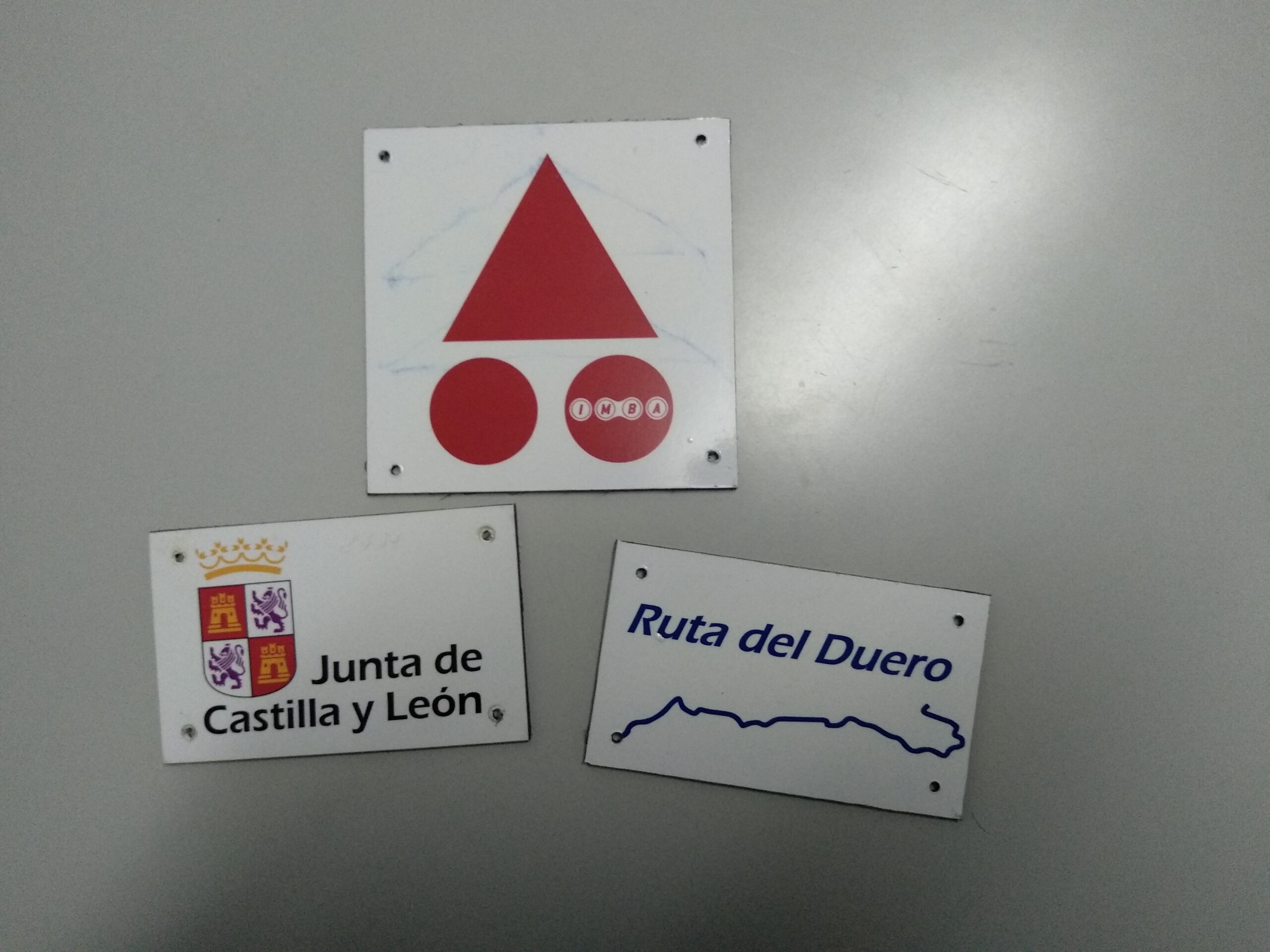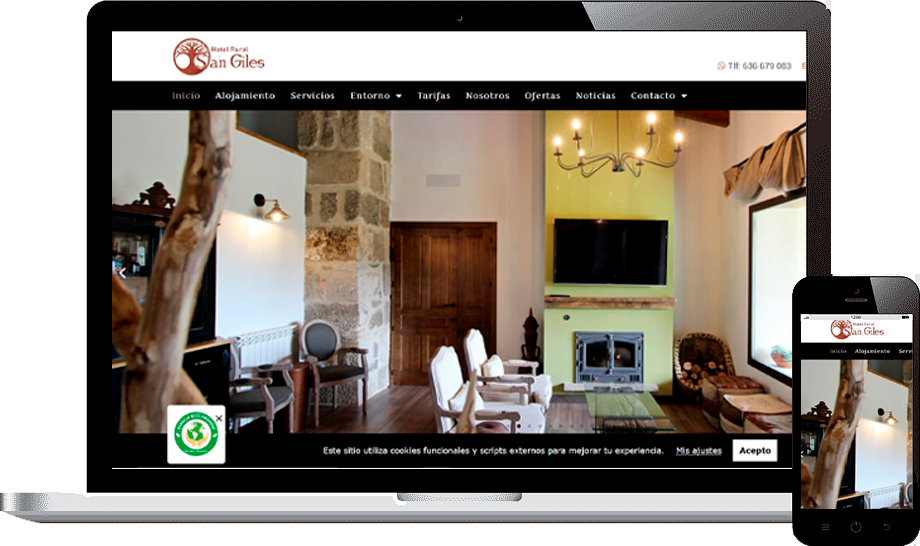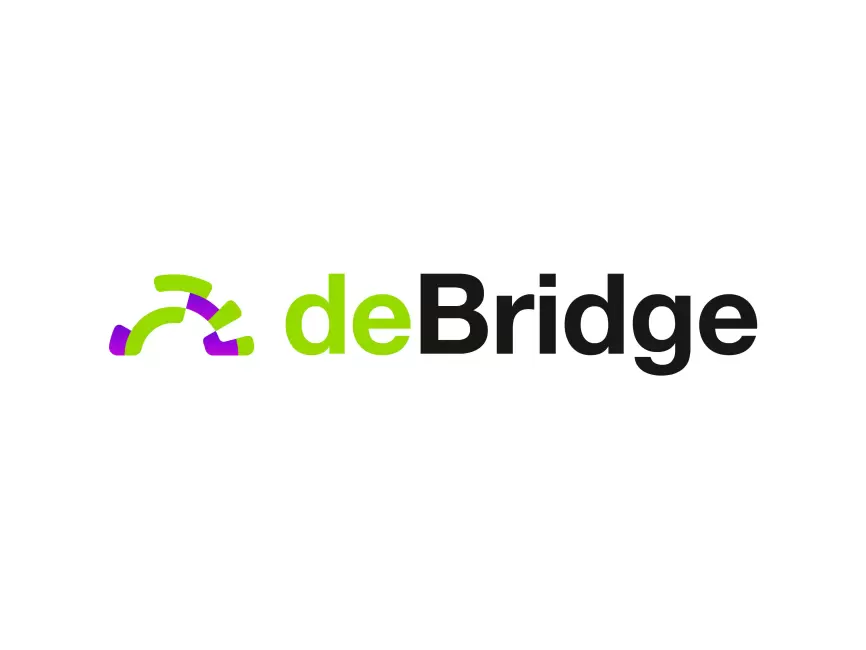Whoa!
I remember the first time I tried juggling five different wallets and three exchanges — it felt like herding cats.
Most wallets promise convenience, though actually very few deliver a smooth portfolio experience, and that’s frustrating.
Here’s the thing: when your wallet combines multi-currency support, an in-app swap, and staking features, your workflow tightens up in ways that matter every day.
Long story short, you stop losing time and start seeing where your returns are coming from, even if your portfolio has coins you barely remember buying.
Really?
Yes — but not all integrated wallets are made equal.
Some are clunky and hide fees in the spread, while others actually add value with clear rates and one-click actions.
On the one hand you want control and custody; on the other hand you want simplicity without sacrificing security, which is a delicate balance that many providers ignore.
My instinct said to try a few options, and after several months of swapping, staking, and rebalancing, patterns emerged that changed how I think about portfolio maintenance.
Here’s the thing.
When you use a wallet that supports dozens of chains natively, you save time on address management, token approvals, and cross-chain confusion.
That’s a big deal if you trade or stake often.
But there’s a trap: convenience can mask costs, so watch spreads, liquidity, and the counterparty model the wallet uses for exchanges.
Initially I thought all in-wallet swaps were a good idea, but then I realized the difference between an on-chain swap routed through DEX liquidity pools and a custodial internal swap can be huge for price and privacy.
Whoa!
Let me break down what really matters — and why.
First, portfolio clarity: a single interface that shows your holdings across BTC, ETH, BSC, Solana, and more saves you from toggling dozens of apps.
Second, swap execution: whether trades route through on-chain DEXs, aggregators, or a centralized liquidity pool affects slippage and fees, sometimes dramatically.
Third, staking integration: having stake/unstake flows built in, with clear APRs and lockup terms, makes yield strategies practical without spreadsheet somethin’ else.

Okay, so check this out—when a wallet presents staking as a one-click activity, it lowers the barrier to entry.
Many users skip staking because it looks complex, though the right UI demystifies rewards compounding and cooldown periods.
I’m biased, but I think the UX matters more than small percentage differences in APR for most users; time is money, and confusing staking flows cost both.
On the flip side, advanced users will want transaction-level data, validator performance history, and slashing risk clearly displayed, because blind staking can bite you.
On balance, a wallet that offers both simple rewards toggles and deeper analytics covers most user needs.
Seriously?
Yep.
For portfolio rebalancing, integrated swaps let you change allocations in minutes without sending funds between services, which reduces on-chain fees and the chance of mistakes.
However, pay attention to the source of liquidity and the effective rate after fees; some wallets route through third-party services that add hidden spreads.
I once thought a low-fee swap was a bargain, only to learn the realized rate was worse than advertised after slippage and routing costs — lesson learned.
Hmm…
Security is the other big axis.
Non-custodial wallets give you private key control, which is great, but if the exchange feature requires a custodian for on-ramp/off-ramp or fast swaps, that adds complexity.
You must read the fine print: does the wallet ever custody keys? Do they provide seed phrase-only recovery? Are there integrated hardware wallet options?
On one hand people want the convenience of in-app fiat on-ramp, though actually trusting a middleman for swaps changes your threat model and requires due diligence.
Here’s what bugs me about opaque fee disclosures.
Wallets sometimes show a single «fee» number while hiding spread, network fees, and slippage information in fine print.
Users shouldn’t need a PhD in trading to understand what they’ll pay.
Good wallets lay out all components up front — network fee, service fee, and estimated slippage — and let you choose routes or gas optimizations.
When that’s done right, you can make tactical decisions like choosing a slightly slower route to save 20% on fees.
How I Evaluate Built-In Exchanges
Really short checklist, because no one wants fluff.
1) Liquidity sources — DEX aggregator, centralized liquidity, or internal order book?
2) Transparency — are fees and routes displayed?
3) Speed vs cost — is there a fast custodial option and a cheaper on-chain route?
4) Security — does the swap ever move funds off your keys?
5) Integrations — can I stake the resulting asset instantly? These five things usually tell me whether a wallet’s exchange is useful or just shiny.
Whoa!
Take staking as an example: some assets let you stake directly in-wallet with validator choice, while others wrap tokens (staked derivatives) that change the token behavior.
That matters for liquidity and DeFi interactions, because a wrapped staked token might be tradable or usable as collateral, while direct staking might lock funds.
I prefer wallets that show the mechanics and give both options when available: direct staking for security and staked derivatives for composability.
On many occasions, that flexibility is the difference between earning yield and missing an arbitrage window.
Here’s the thing—user education matters.
Even great wallets sometimes assume too much knowledge, which is why I like wallets that include small inline explanations, «why this matters» tooltips, and clear warnings about irreversible actions.
(oh, and by the way…) short tutorial modals that you can dismiss forever are a nice touch for repeat users.
Skeptical folks will appreciate transparent FAQs and accessible support, because when a transaction goes sideways you want help that speaks plain English.
I once relied on a chat support rep who saved me from a fee disaster — so customer support isn’t just fluff; it can save you money.
My Practical Strategy for Using a Multicurrency Wallet
One actionable flow I use: consolidate small holdings into a core set of assets monthly, stake idle tokens with high-quality validators, and keep a rainy-day stablecoin allocation for opportunistic buys.
This reduces gas and saves time on monitoring dozens of tiny positions.
If a wallet’s built-in exchange charges sensible fees and shows routes clearly, I use it for these consolidations because it’s faster and less error-prone.
If not, I route through a specialized DEX aggregator where I can control slippage and routing.
Flexibility is key — a wallet should let you be both hands-off and granular as needed.
I’m not 100% sure about everything (no one is).
Crypto evolves fast and wallets that are great today may get outpaced tomorrow.
Still, some principles hold: control your keys, understand liquidity sources, and verify staking mechanics before committing large sums.
Also, keep backups and test small transactions first — this is basic but very very important.
Small mistakes compound in crypto, and I’ve made a few that taught me to be cautious rather than cavalier.
Common Questions
Can a single wallet really handle all major chains?
Yes, many modern wallets support multiple chains natively, though the depth of support — e.g., token discovery, staking, and DApp integrations — varies.
Pick one that prioritizes the chains you use and that updates quickly when new standards or networks appear.
Are in-wallet swaps safe?
They can be safe, but safety depends on the execution model and custody.
Non-custodial, on-chain swaps routed through reputable aggregators are generally safe from counterparty risk, while custodial internal swaps trade that risk for speed — know which you’re using.
Should I stake directly or use staked derivatives?
Both have trade-offs.
Direct staking often maximizes decentralization and reduces counterparty exposure, while staked derivatives offer liquidity and composability in DeFi.
Choose based on your risk tolerance and planned uses for the staked position.
Okay, quick recommendation that I actually use and tell friends about: try a wallet that balances custody, clarity, and integration — one that shows you trade routes, staking terms, and holds dozens of chains without fuss.
If you want a starting point to explore options, check out atomic — it’s a practical example of a multi-currency wallet with built-in exchange and staking features, and it helped me think differently about portfolio management.
I’m biased, but giving a single wallet a fair try for a month will reveal whether its exchange and staking features actually save you time and fees.
After that trial, you’ll either keep it or switch, but at least you’ll know why.
And hey — crypto should be empowering, not a second job; the right wallet makes that possible, even if the ecosystem stays messy sometimes…
